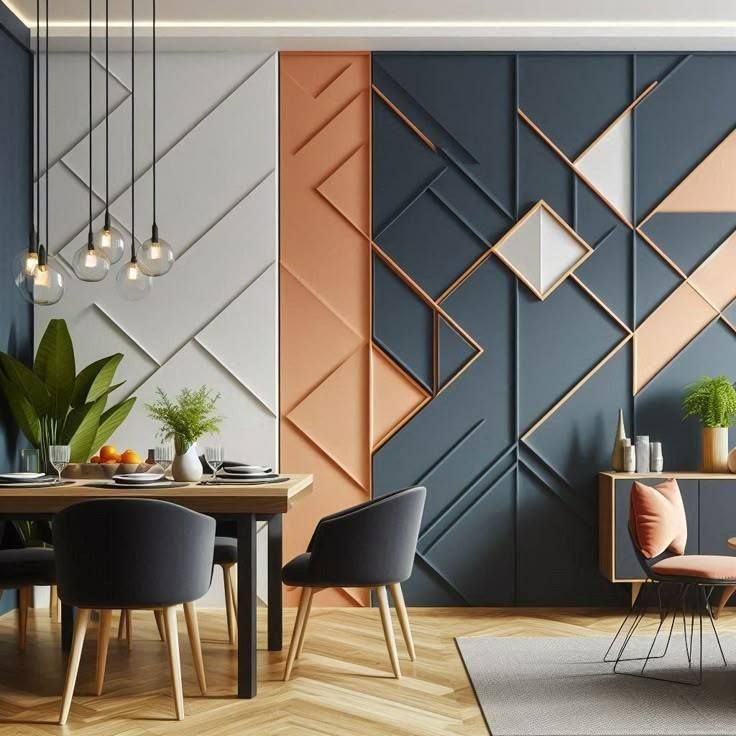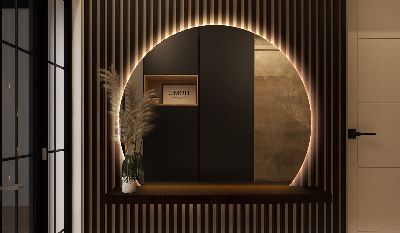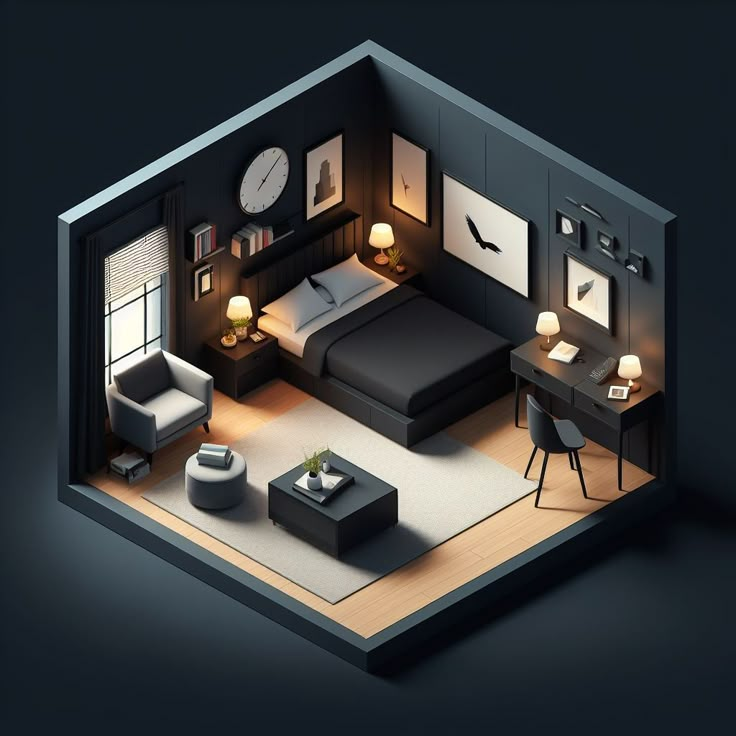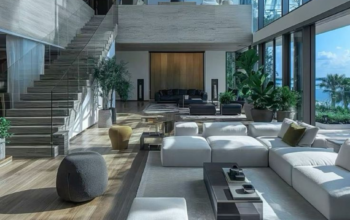In a small apartment in the heart of the city, a young designer named Rani was rearranging her cramped living room. It was no more than 20 square meters, but she wanted it to feel spacious, comfortable, and, of course—stylish. Rani is not alone in facing this challenge. In an era of urbanization and limited housing, many of us are required to think smartly about space planning. Small room design is an art of meshing function and aesthetics into a unified whole.
Fortunately, today’s world has answers in the form of stylish yet functional furniture. We are in an era where design is not just aesthetics, but also smart solutions for modern living. With the right approach, even the smallest corner can be both spacious and elegant.
1. Utilize Multifunctional Furniture: Conserve Space, Add Function
In place of a standard sofa, Rani chose a sofa bed that could be converted into a bed at night. Even her coffee table had secret storage underneath it. This way, a single piece of furniture was serving two functions. Multifunctional furniture is the secret to effective small space.
This kind of furniture is ideal for singles or young couples who are just moving in. Aside from saving space, it also saves on visual clutter that normally occurs in small rooms. The less furniture, the more open the room would feel.

Tips and Tricks:
- Utilize beds with drawers underneath.
- Select foldable dining tables that can be put away when not in use.
- Seek out ottomans or benches that have secret storage.
2. Get Adventurous with Vertical Space: Walls Are Not Just Dividers
As the floor space is not enough, Rani focused on the walls. She put up hanging shelves and multi-use hooks to put books, plants, and small accessories. Vertical space doesn’t always mean height but a new way of thinking in terms of space use. Make use of your walls to make the most out of the space without creating visual clutter.
Maximizing walls can also provide new functional areas within the room. For instance, a wall bookshelf above a work surface can turn into a mini library, or a kitchen pegboard organized neatly with tools can provide cooking utensils at immediate reach. Walls and ceilings are your best allies in small areas.

Tips and Tricks:
- Make use of wall shelves up to the ceiling.
- Add multi-functional hooks behind doors.
- Use the top of cabinets for extra storage.
3. Use Light Colors and Mirrors to Achieve an Open Effect
Small rooms can be designed to look bigger using the correct color scheme and lighting. White walls and light-colored sofas helped make Rani’s room look considerably bigger. A big mirror on one side of the wall also helped create the illusion of a bigger room. Light reflection and color are hidden weapons for small room decoration.
Natural light flowing through the window can be enhanced with mirror reflection and color light to create the illusion of depth. Where there’s minimal natural light, warm-toned spotlights are an excellent substitute. Light and color are combined to display a room that is both functional as well as visually comforting.

Tips and Tricks:
- Hang big mirrors to create the illusion of a larger space.
- Opt for sheer curtains to let in the most natural light.
- Avoid using too many dark colors that make the room feel claustrophobic.
4. Utilize Modular Furniture: Simple to Move and Rearrange
Rani utilized modular shelving that could be disassembled and reassembled according to requirement. Her room could be easily configured to accommodate varied activities. Modular design provides the liberty to change as times and needs change. Modular furniture is ideal for an innovative and dynamic lifestyle.
For instance, modular shelves can be used as a temporary room divider, then later reconfigured as a work desk when needed. This is very convenient for people who enjoy experimenting with designs without necessarily needing to buy new furniture. The secret is creativity and openness to experimentation.
Tips and Tricks:
- Use cube-shaped shelves that can be reconfigured.
- Choose small tables with wheels for easy movement.
- Avoid permanent furniture that makes layout changes difficult.
5. Adopt Minimalism: Less is More
Instead of filling up with many things, Rani selected only the essentials in furniture. Rani’s room was tidy and free of anything she did not need. Minimalism is not a fad, but it is a conscious, effective way of living. By reducing, we can truly create some space and have peace of mind.
A minimalist bedroom need not be cold and sterile but rather functional and well-designed. One or two decorative elements such as tiny greenery or minimalist artwork may be incorporated to add personality without suffocating the space. Minimalism is a means of editing the unnecessary without sacrificing warmth.
Tips and Tricks:
- Apply the “one in, one out” policy for objects.
- Donate items you rarely use.
- Utilize multi-purpose storage pieces to maintain organization in the room.
Conclusion: Small Space, Big Style
With careful furniture choice and clever space-planning techniques, even a tiny room can be a functional, stylish space to call home. As with Rani, you too can transform small space into a canvas of creativity—abundant with function, warmth, and personality. Keep in mind: style has absolutely nothing to do with room size, but everything to do with how you choose to make it come alive.
















